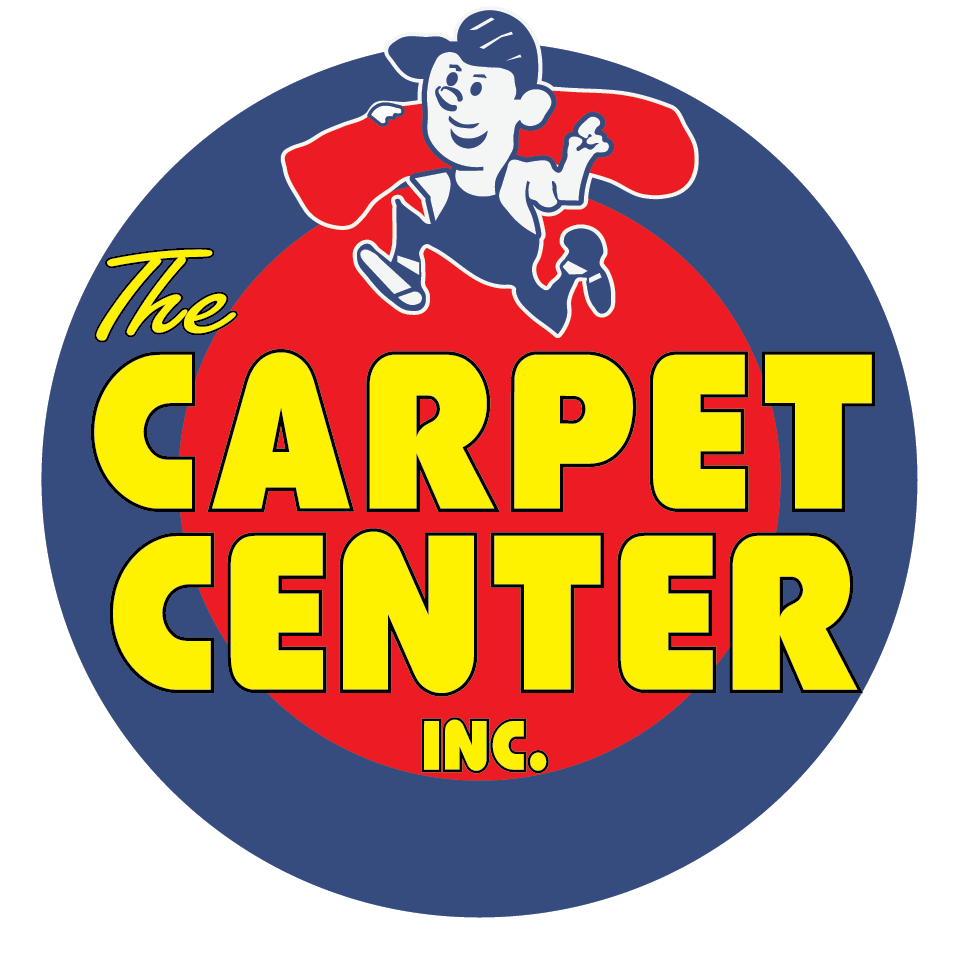3 Best Kitchen Flooring Cleaning Hacks
Some of the best kitchen flooring cleaning hacks you should know now.
No matter what material your kitchen floor is made of–from vinyl to laminate to tile–it’s bound to get dirty. Kitchens are high-traffic areas, so they’re bound to experience considerable wear and tear. Since this is where the cooking takes place, it’s also where spills will occur, meaning the floor will get dirty quite frequently. If you’re deep cleaning or only have a few minutes to spruce things up, cleaning your kitchen floor may be simpler than you think. Depending on your type of kitchen flooring, the cleaning will vary.
Wood
Kitchen flooring can be the most difficult to keep clean, especially when it’s wood flooring.
Microfiber floor mops are a great way to quickly clean up primary dust, pet hair, and other dry messes. Better yet, the base is bendable to reach those hard-to-get areas. The best method for keeping hardwood floors clean is to apply ready-to-use hardwood floor cleaners regularly and add entry mats to doorways and high foot traffic areas to prevent damage.
Preventative practices like removing shoes before walking on the hardwood are the best at warding off damages to your floors. To address dents in a wood floor, use a wet paper towel/cloth and iron to correct smaller dents and dips. Place a dab of water on the indentation and cover it with a paper towel or cloth, then use the iron in a circular motion to effectively steam out dents.
To prevent hardwood floor damage, cover the bottoms of table and chair legs with felt furniture protectors. The felt ends would also stabilize wobbly furniture to reduce the chance of accidents and future accidents. For scuff marks, use knead-able magic erasers, like the ones used in art class. Just work over the scuffed area, and when the eraser becomes dirty, knead out a clean area. Be aware that with high-gloss floors, you may dull out kitchen floors by overworking them.
Linoleum
Mix vinegar with water. You can use either white vinegar or apple cider vinegar mixed with water. One cup of vinegar to each gallon of water is a good ratio.
Add lemon juice(optional). If you choose, add a splash of lemon juice to the mixture to fill the air with a pleasant citrus smell.
Use baking soda for deep cleaning. Vinegar can be used in conjunction with baking soda to get a linoleum floor clean. Spread dry baking soda on the surface of the kitchen flooring before you mop it.
Mop the kitchen flooring. Dip a mop or scrub brush in the vinegar or vinegar solution and swiped it across the surface. The cleansing power of the vinegar combined with the grittiness of the baking soda powder creates a powerful scrubbing mixture.
Wipe and dry the floor. Once you have the floor thoroughly scrubbed, a damp cloth can be used to pat away any loose remaining baking soda particles that are left behind.
Tile
As one of the most commonly used cleaners, chlorine bleach is usually the first line of defense against the mold and mildew that pops up on kitchen grout and tiles. It’s also incredibly effective at removing the buildup of soap residue. However, bleach has some adverse effects that go way beyond discoloring clothing! As printed on the label, just inhaling the fumes from this corrosive liquid can be irritating to the eyes, skin and respiratory tract.
Kitchens and bathrooms are hot and steamy rooms – which gives mold and mildew the perfect opportunity to thrive. And the porous and uneven surface of grout is the ideal place for this fungal growth to set up shop.
By reducing the moisture levels in these rooms, you’ll minimize the growth of mold in the grout and on your tiled surfaces. A quick wipe down of tiles after showering or cooking may be all you need to do to keep the worst of the mold growth at bay. You could also open windows, or switch on an exhaust fan or dehumidifier.
Soap scum, which can build up from using conventional cleaners and personal care products, helps mold and mildew to adhere to these surfaces and allows them to multiply quickly. A regular application of natural products will go a long way toward cutting through this residue.
There are some hacks to keep your kitchen flooring under control until your next steam cleaning!
